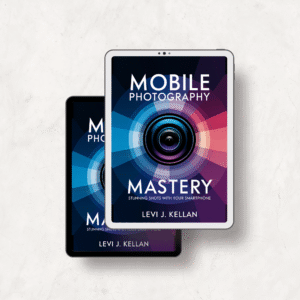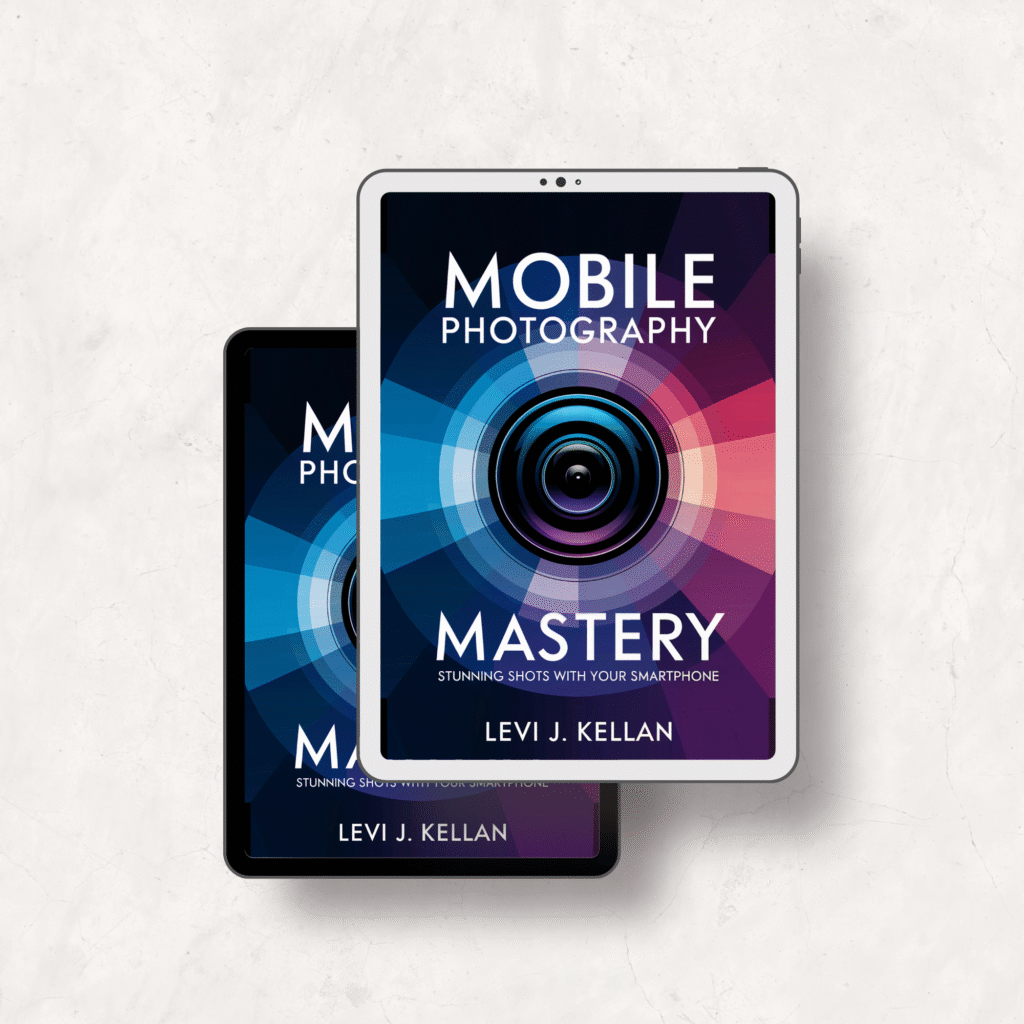Mobile Photography Mastery Review – Complete Guide to Stunning Smartphone Photography

Transform your smartphone into a professional photography tool with Mobile Photography Mastery, the comprehensive guide that elevates ordinary mobile shots into stunning visual stories. Whether you’re struggling with poor lighting, blurry images, or uninspiring compositions, this practical ebook provides clear solutions that work specifically for smartphone cameras. Unlike generic photography courses that cost hundreds of dollars, this focused guide delivers actionable mobile photography techniques at an affordable price, helping you master smartphone photography without expensive equipment or complex technical jargon.
This comprehensive smartphone photography guide combines technical expertise with creative inspiration, offering proven strategies for lighting, composition, and editing that transform everyday moments into compelling images. You’ll discover how to overcome common mobile photography challenges while developing your unique artistic voice through practical exercises and real-world applications.
What You’ll Discover
- Master Natural and Artificial Lighting: Learn professional lighting techniques to harness available light sources and create depth, mood, and visual impact in any smartphone photography situation
- Composition Strategies That Guide the Eye: Discover proven framing methods and composition rules that create emotional resonance and transform ordinary scenes into captivating visual stories
- Streamlined Mobile Editing Workflows: Master in-app editing processes that deliver consistent, polished results while developing your signature style using smartphone-specific editing tools
- Smart Accessory Integration: Learn which clip-on lenses, stabilizers, and mobile photography accessories actually improve your shots without complicating your setup or breaking your budget
- Creative Exercises for Skill Development: Practice targeted photography challenges designed to sharpen your visual instincts and help you develop a distinctive photographic voice
- Overcome Technical Limitations: Conquer common smartphone photography problems like noise, limited dynamic range, low-light performance, and motion blur with practical solutions
Why This Book Matters
Your smartphone is already in your pocket, making it the most accessible camera you own. Mobile Photography Mastery bridges the gap between casual snapshots and intentional photography, teaching you to see light, compose thoughtfully, and edit with purpose. Rather than requiring expensive gear or technical expertise, this guide works within your smartphone’s capabilities to produce professional-quality results.
The book addresses real-world smartphone photography challenges with practical solutions you can implement immediately. From capturing sharp images in low light to creating compelling social media content, these techniques transform how you approach mobile photography while building confidence in your creative abilities.
Key Features
This comprehensive ebook spans multiple focused chapters covering lighting mastery, composition strategies, editing workflows, and creative development. Available as an instant digital download, you’ll receive immediate access to actionable techniques, practical exercises, and real-world examples. The format allows for easy reading on any device, with step-by-step guides for hands-on practice. Also available as audiobook on Google Play Books and Spotify for convenient listening during commutes or workouts.
Frequently Asked Questions
What smartphone photography techniques work best for beginners?
Start with basic exposure control by tapping different screen areas, master manual focus for sharp subjects, and learn to observe natural light patterns. The book provides step-by-step guidance for these fundamental mobile photography skills without overwhelming technical complexity.
How can I improve my mobile photography without buying expensive accessories?
Focus on understanding light, practicing composition techniques, and developing consistent editing workflows using built-in apps. Mobile Photography Mastery shows you how to maximize your current smartphone’s capabilities before considering any accessory purchases.
Will these smartphone photography techniques work on any phone model?
Yes, the core principles of lighting, composition, and editing apply universally across smartphone brands and models. The book focuses on fundamental photography concepts that transcend specific device limitations or features.
Get Your Copy Today
Transform your mobile photography skills with this comprehensive guide. Available for instant download at just $6.99, this ebook provides exceptional value compared to expensive photography courses or workshops. Also available as audiobook on Google Play Books and Spotify. Purchase your copy through all major ebook retailers including Apple Books, Barnes & Noble, and Kobo to begin creating stunning smartphone photography today.
Watch the Video Review

